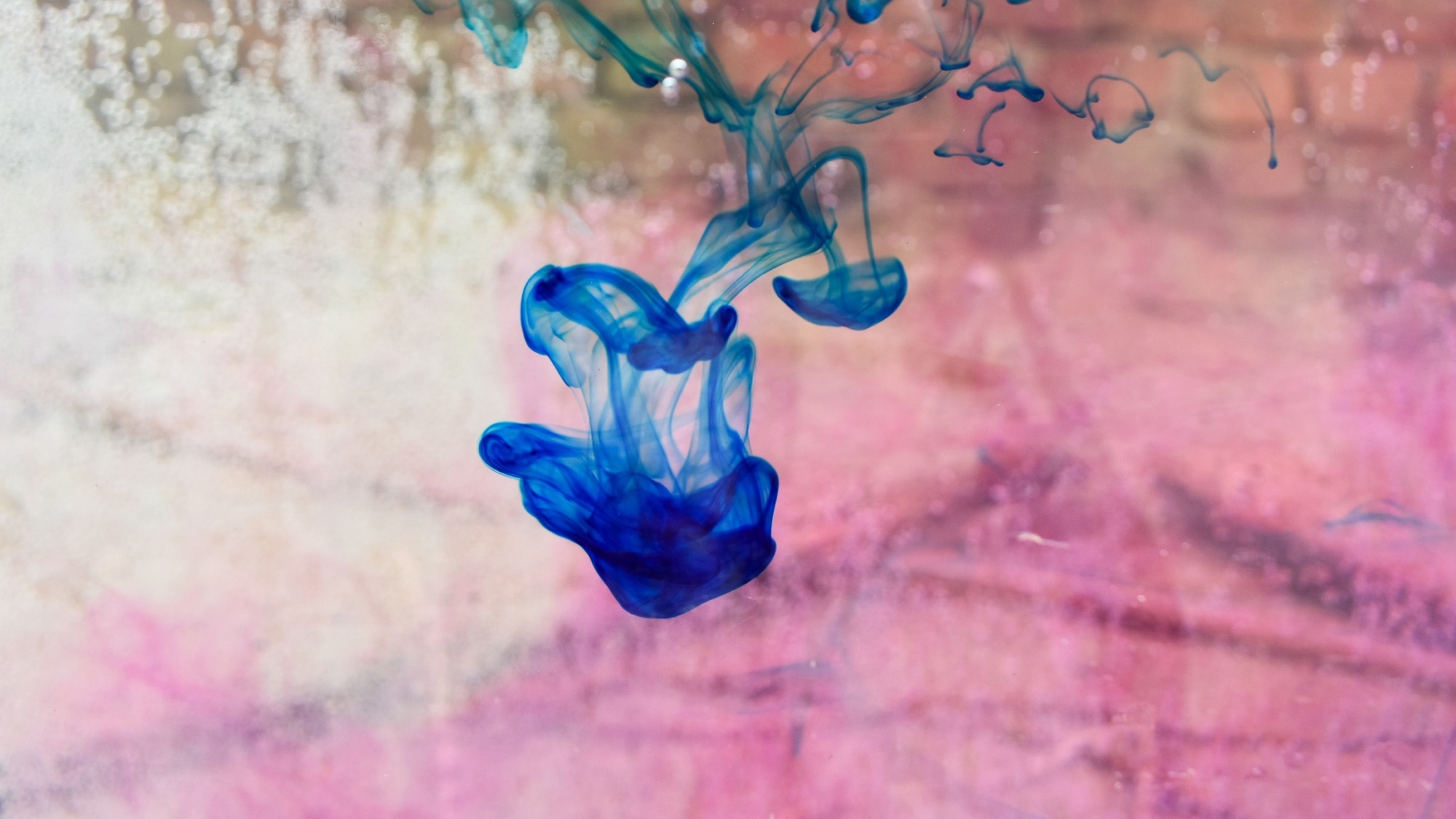In a recent article published in Scientific Reports, researchers explored the green synthesis of zinc oxide nanoparticles (ZnO NPs) using the extract of Padina pavonica, a brown algae. They evaluated their effectiveness in removing methylene blue dye from aqueous solutions.
The research aims to demonstrate the potential of these biogenic nanoparticles as a viable solution for environmental remediation.
 Study: Green synthesis of zinc oxide nanoparticles using Padina pavonica extract for efficient photocatalytic removal of methylene blue. Image Credit: Sudhakar Bisen/Shutterstock.com
Study: Green synthesis of zinc oxide nanoparticles using Padina pavonica extract for efficient photocatalytic removal of methylene blue. Image Credit: Sudhakar Bisen/Shutterstock.com
Background
The increasing pollution of water bodies caused by industrial effluents and dyes has become a significant environmental issue. Among these pollutants, synthetic dyes—particularly methylene blue—are especially concerning because of their toxicity and persistence in the environment. Zinc oxide nanoparticles (ZnO NPs) have gained considerable attention for their unique properties, such as their high surface area, photocatalytic activity, and antimicrobial effects.
These qualities make ZnO NPs highly effective for applications in electronics, optics, and environmental remediation. However, conventional methods of synthesizing ZnO NPs often involve the use of toxic chemicals, which can undermine their environmental advantages.
In contrast, green synthesis methods use natural extracts, which not only reduce environmental harm but also improve the stability and functionality of the nanoparticles. The use of Padina pavonica extract is particularly promising because it contains bioactive compounds that aid in reducing zinc ions to form ZnO NPs effectively.
The Current Study
The synthesis of ZnO NPs was carried out by mixing zinc acetate with Padina pavonica extract. The reaction mixture's pH was adjusted to 10 to promote the precipitation of zinc ions. The mixture was stirred at room temperature for two hours to ensure complete precipitation. Following this, the resulting precipitate, which contained the ZnO nanoparticle precursor, was collected through centrifugation.
The precipitate was thoroughly washed with distilled water to eliminate any residual impurities from the extract. Subsequently, the washed precipitate was dried in an oven to remove moisture. The final step involved calcination, which converted the precursor into the desired ZnO nanoparticles.
Several techniques were used to characterize the synthesized ZnO NPs. X-ray diffraction (XRD) analysis was conducted to determine the nanoparticles' crystalline structure and phase composition.
The XRD patterns revealed distinct peaks corresponding to a hexagonal wurtzite structure, confirming the successful synthesis of ZnO NPs. The average particle size was calculated using the Debye-Scherrer equation, which provided insights into the dimensions of the nanoparticles.
Additionally, Fourier-transform infrared (FTIR) spectroscopy was employed to identify the functional groups present in the nanocomposite. At the same time, zeta potential measurements were taken to assess the surface charge behavior of the nanoparticles at various pH levels.
Energy Dispersive X-ray Spectroscopy (EDX) and Scanning Electron Microscopy (SEM) were also utilized to analyze the morphology and elemental composition of the synthesized ZnO NPs.
Results and Discussion
The results of the study demonstrated that the synthesized ZnO nanoparticles exhibited a high degree of crystallinity and purity, as confirmed by the XRD analysis. The distinct diffraction peaks aligned well with standard reference patterns, indicating that no significant impurities were present during synthesis.
The average particle size of the ZnO NPs was found to be suitable for effective adsorption applications. The FTIR analysis revealed the presence of various functional groups, which are likely responsible for the stabilization of the nanoparticles and their interaction with methylene blue dye.
Adsorption studies indicated that the ZnO NPs synthesized from Padina pavonica extract were highly effective in removing methylene blue from aqueous solutions. The adsorption capacity was significantly enhanced under direct sunlight conditions, showcasing the nanoparticles' photocatalytic potential.
The study also explored the effect of contact time on the photodegradation process, revealing that longer contact times resulted in increased dye removal efficiency. Furthermore, the zeta potential measurements provided insights into the surface charge behavior of the nanoparticles, which is crucial for understanding their interaction with dye molecules.
The findings of this research align with previous studies that have highlighted the advantages of using biogenic nanoparticles for environmental remediation. The use of Padina pavonica extracts not only facilitates the synthesis of ZnO NPs but also contributes to their enhanced performance in dye removal applications.
The antimicrobial properties of the synthesized nanoparticles further suggest their potential for use in water disinfection, making them a promising candidate for sustainable wastewater treatment solutions.
Conclusion
In conclusion, this study successfully demonstrated the green synthesis of zinc oxide nanoparticles using Padina pavonica extract and evaluated their effectiveness in removing methylene blue dye from wastewater. The synthesized ZnO NPs exhibited favorable structural and morphological characteristics, confirming their potential for environmental applications.
The results indicate that these biogenic nanoparticles can serve as an efficient and sustainable solution for wastewater treatment, addressing the pressing issue of dye pollution. Future research should focus on optimizing the synthesis process and exploring the broader applicability of ZnO NPs in various environmental remediation scenarios.
The findings underscore the importance of utilizing natural resources to develop eco-friendly technologies that can contribute to a cleaner and more sustainable environment.
Journal Reference
Alprol A.E., Eleryan A., et al. (2024). Green synthesis of zinc oxide nanoparticles using Padina pavonica extract for efficient photocatalytic removal of methylene blue. Scientific Reports 14, 32160. doi: 10.1038/s41598-024-80757-9. https://www.nature.com/articles/s41598-024-80757-9